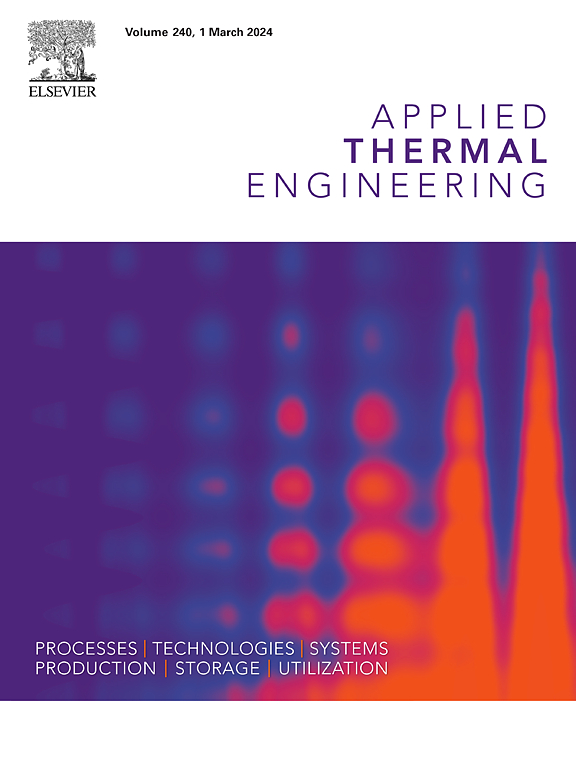Selection of lubricant oils for high temperature heat pumps: A review and selection methodology guidelines
IF 6.1
2区 工程技术
Q2 ENERGY & FUELS
引用次数: 0
Abstract
Lubrication is key to the performance and reliability of high-temperature heat pump systems. The primary function of the oil is to lubricate and protect the compressor. In addition, it also provides cooling of the parts heated by friction, a seal against working medium gas leakage, removes impurities, and reduces the noise produced by the moving parts. To fulfil these tasks the lubricant oil must have the required properties, in particular viscosity, which is temperature and pressure dependent and is impacted by the solubility and miscibility between oil and working medium. There is limited literature dedicated to a concrete selection methodology of appropriate lubricant oils for high temperature heat pumps operating with different working media. The objective of this work is to fill this gap and provide a guiding methodology for the selection of appropriate lubricant oils for these applications. A systematic selection methodology is proposed which involves tribology and chemistry studies, along with wear tests to determine the lubricity properties of oils and their mixtures with working media. In addition, based on an extensive literature review, an overview is given of the most suitable lubricant oils for a given working medium.
高温热泵润滑油的选择:审查和选择方法指南
润滑是高温热泵系统性能和可靠性的关键。油的主要作用是润滑和保护压缩机。此外,它还为摩擦加热的部件提供冷却,密封防止工作介质气体泄漏,去除杂质,并降低运动部件产生的噪音。为了完成这些任务,润滑油必须具有所需的性能,特别是粘度,它依赖于温度和压力,并受油与工作介质之间的溶解度和混溶性的影响。有有限的文献专门用于适当的润滑油的高温热泵与不同的工作介质运行的具体选择方法。这项工作的目的是填补这一空白,并为这些应用选择合适的润滑油提供指导方法。提出了一种系统的选择方法,包括摩擦学和化学研究,以及磨损试验,以确定油及其与工作介质的混合物的润滑特性。此外,基于广泛的文献综述,概述了最适合给定工作介质的润滑油。
本文章由计算机程序翻译,如有差异,请以英文原文为准。
求助全文
约1分钟内获得全文
求助全文
来源期刊

Applied Thermal Engineering
工程技术-工程:机械
CiteScore
11.30
自引率
15.60%
发文量
1474
审稿时长
57 days
期刊介绍:
Applied Thermal Engineering disseminates novel research related to the design, development and demonstration of components, devices, equipment, technologies and systems involving thermal processes for the production, storage, utilization and conservation of energy, with a focus on engineering application.
The journal publishes high-quality and high-impact Original Research Articles, Review Articles, Short Communications and Letters to the Editor on cutting-edge innovations in research, and recent advances or issues of interest to the thermal engineering community.
 求助内容:
求助内容: 应助结果提醒方式:
应助结果提醒方式:


